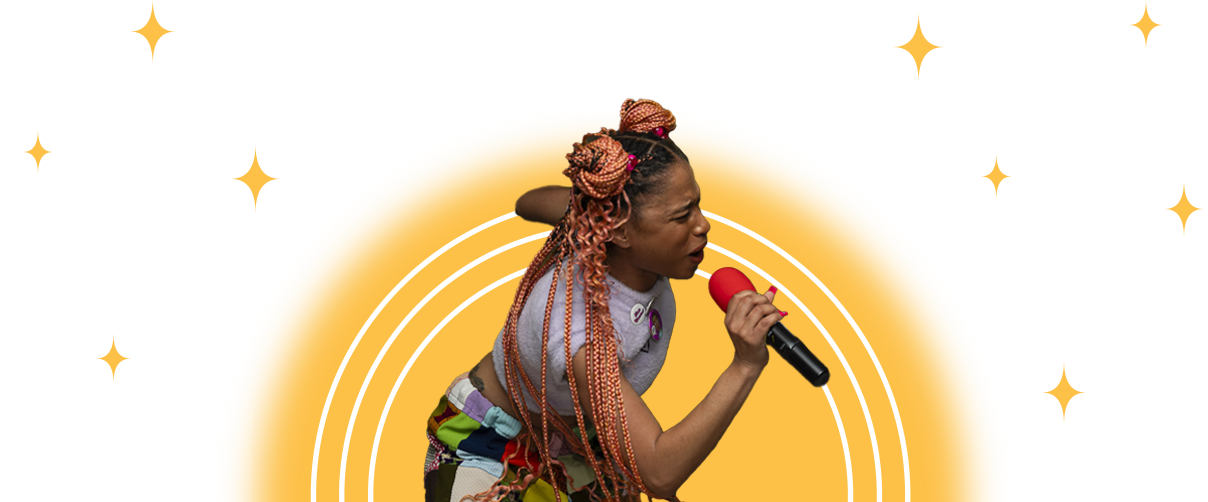Look, let's get one thing straight: If the San Francisco Zoo posts a video of its baby gorilla's first steps, we're going to put it up ...
The gorilla, who was born on July 17, has yet to be named, but after 850 submissions, the zoo has whittled down the suggestions to three:
- Malaika, which means "heavenly messenger" in Swahili
- Kenura, which means "joy" in Kikuyu
- Kabibe, which means "little lady" in Swahili
The animal is a western lowland gorilla, which the zoo says is a critically endangered species. The zoo also says:
These gorillas can weigh up to 440 pounds and stand four to five feet when standing upright on two feet ... Western lowland gorillas are the smallest of the four gorilla subspecies with a brownish-grey coat with red highlights. Adult males have silver-colored fur on their backs and legs, which is the origin of the name silverback.
They are herbivores and enjoy plant-based diets that include fruit, vegetables, leaf-based browse, bark, grain and tubers. They live in family groups called troops averaging four to six members that are led by a dominant older male and consist of multiple females, juveniles and young males. Females begin reproduction at age nine or ten and do not produce many offspring. Female gorillas have a pregnancy term of nearly nine months and usually give birth to one infant. The infant will be held by its mother or ride on her back for approximately one year.
The Chronicle ran a story a few weeks ago about the UCSF neonatologists (the human kind) who were brought in to attend to the infant gorilla, whose mother, Nneka, rejected the baby:
While the veterinarians and zookeepers know a lot about adult gorillas, it's the UCSF doctors who know about babies, said Dr. Graham Crawford, the zoo's chief veterinarian.
"This is only my second infant gorilla," Crawford said. "These doctors have seen thousands of babies...."
Since the gorilla's birth, UCSF doctors have offered advice on everything from formula use to normal childhood development, from signs of infection to, well, the proper color of infant poop.
"She has exactly the same heart and lung sounds as a human baby. She's just a little hairier," said Dr. Yao Sun, a UCSF neonatologist who, like [UCSF's Dr. Elizabeth] Rogers, has examined the infant and helped with her care.
Here's a rather amazing video, taken by a zoo patron immediately after the baby gorilla's birth in July:

